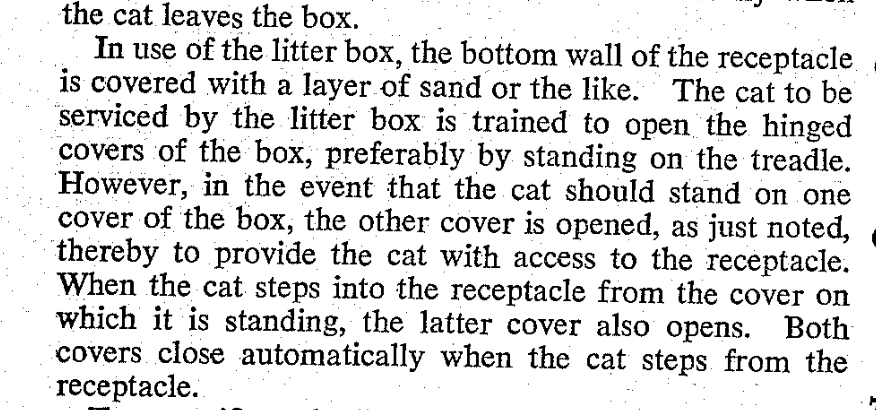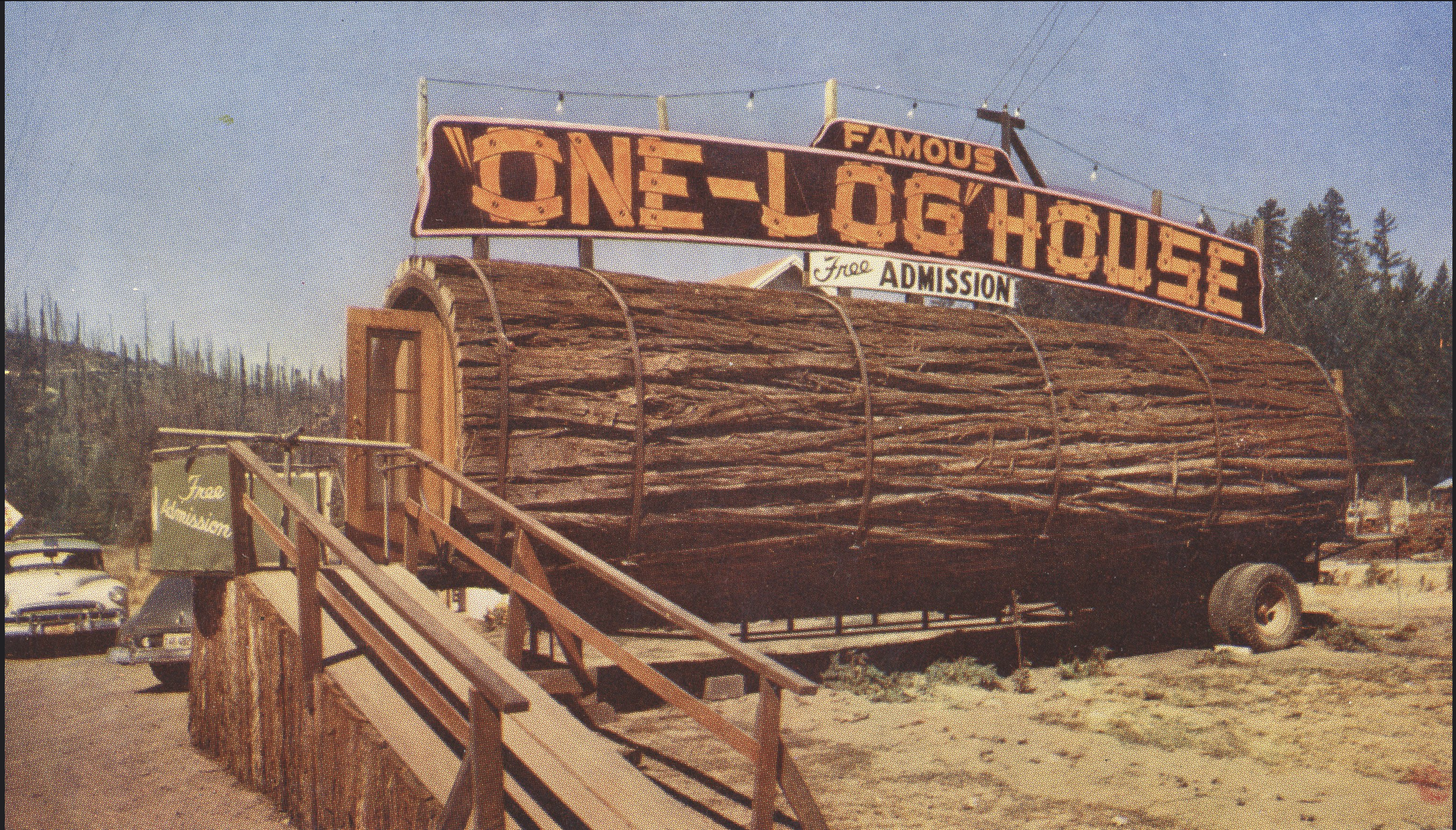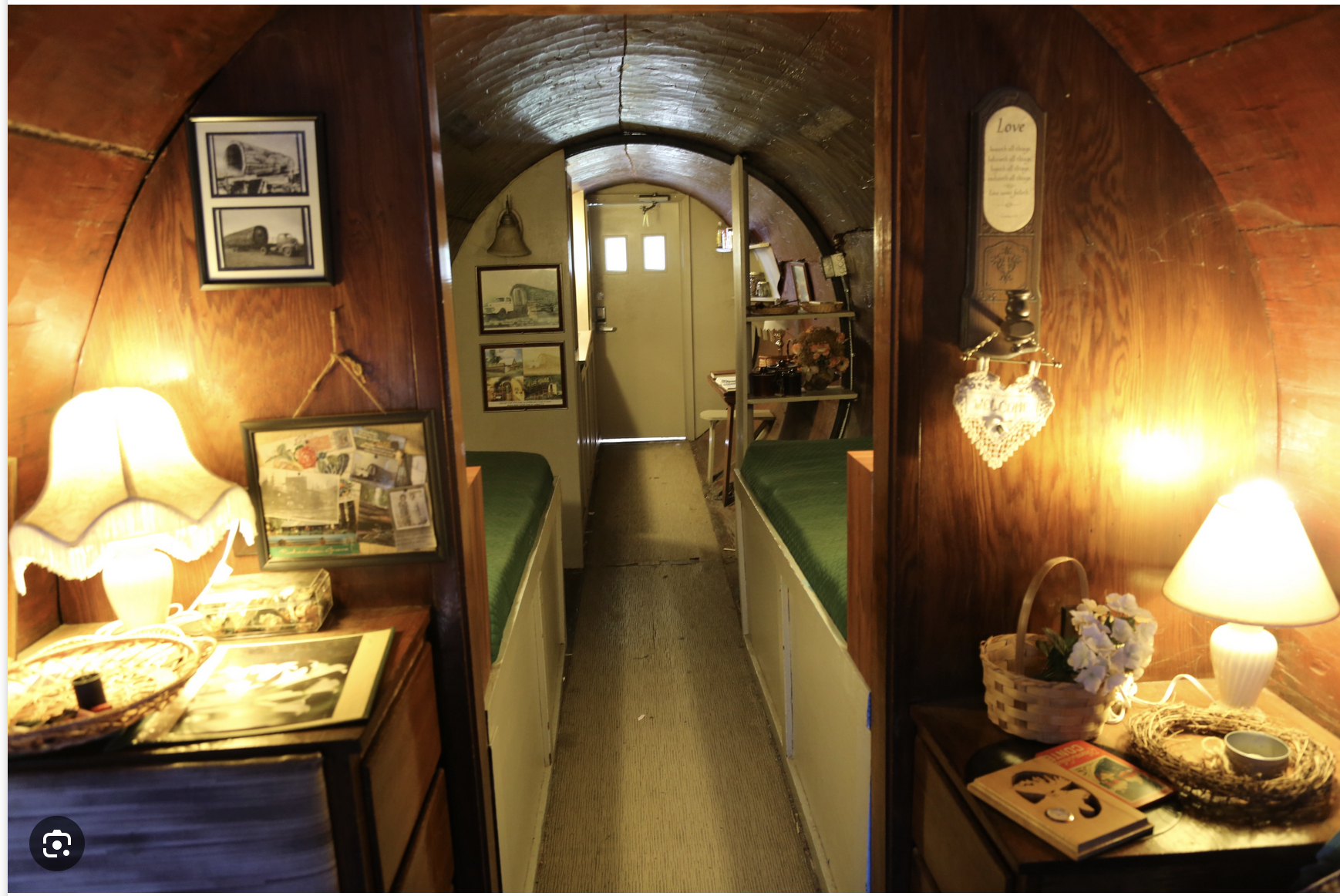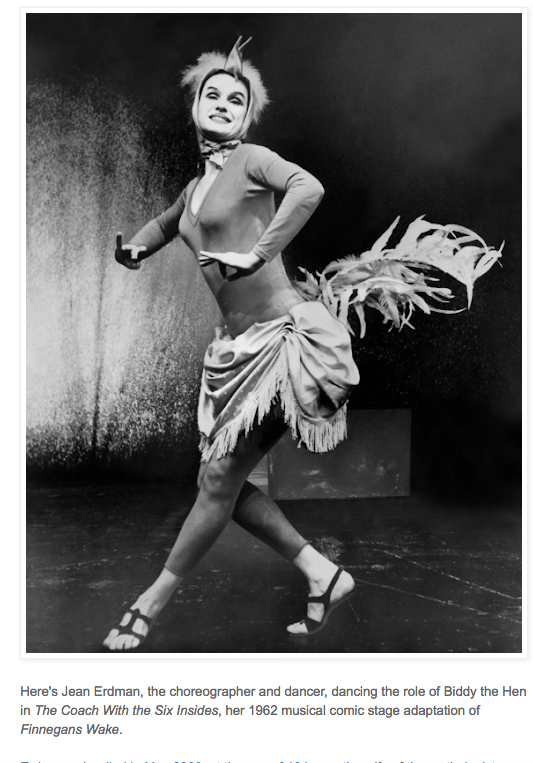September 2023
September 10, 2023
The Possibility of Life inside Stars
The conventional wisdom is that if sentient life exists elsewhere in the universe, it probably lives on another planet. But in 2020, the physicists Luis Anchordoqui and Eugene Chudnovsky argued that we should consider the possibility that life (including technologically advanced civilizations) might exist inside stars.Their argument relies upon a very expansive view of the definition of life. They admit that biological life couldn't exist inside a star, but they argue that high-energy physics supplies various "nuclear objects" such as "strings, monopoles, and semipoles" that might be able to encode information and form a self-replicating system (i.e. life).
Their hypothesis is, of course, highly speculative, but they suggest it might provide an explanation for a previously unexplained phenomenon observed in some stars:
“There are no theories that explain it,” Chudnovsky said. “So maybe it’s a very complicated process related to the function of a civilization inside the star.”
If a star harbored a nuclear civilization within it, he explained, the energy used to sustain that civilization would cause the star to cool and dim faster—in effect speeding up the aging process. And, at some point, the star would no longer produce enough energy to sustain this form of life.
More info: Lehman College News Center; "Can Self-Replicating Species Flourish in the Interior of a Star"
Posted By: Alex - Sun Sep 10, 2023 -
Comments (1)
Category: Aliens, Spaceflight, Astronautics, and Astronomy
Automatic Cat Litter Box—Under Cat’s Control
I detect one small flaw in this concept, hidden in the phrase "the cat is trained..."Full patent here.


Posted By: Paul - Sun Sep 10, 2023 -
Comments (0)
Category: Patents, Excrement, Cats, 1960s
September 9, 2023
Honeymoon attack
Aug 1993: Frannie Snite was convicted of sneaking up behind her new husband as he sat watching the sunset during their honeymoon, then attacking him with a tire iron. Apparently she was hoping to get a life insurance payout. That's gotta be in the running for the worst honeymoon ever.And yet, it seems like there must be more to the story. I don't think her husband (who survived the attack) ever identified her as his attacker. Her 2013 obituary doesn't mention any of this, nor her five-year prison sentence.
More info: Seattle Times

Lancaster New Era - Aug 18, 1993
Posted By: Alex - Sat Sep 09, 2023 -
Comments (1)
Category: Crime, Wives, Marriage, 1990s
Soul Dracula
The group's page at Discogs.
Posted By: Paul - Sat Sep 09, 2023 -
Comments (0)
Category: Cryptozoology, Horror, Music, Cemeteries, Graveyards, Crypts, Mortuaries and Other Funereal Pursuits, 1970s
September 8, 2023
Miss Automated Handling
In 1961, the Norfolk Naval Supply Center introduced a half-million-dollar automated system for material handling in order to expedite "the movement of vast quantities of supplies and stores to shore stations and ships all over the world."As part of the opening ceremonies, Norma Jean Riganto was crowned "Miss Automated Handling."

Virginian-Pilot - Oct 13, 1961
Posted By: Alex - Fri Sep 08, 2023 -
Comments (0)
Category: Awards, Prizes, Competitions and Contests, 1960s
The Famous One-Log House
Still in existence. The home page.

Posted By: Paul - Fri Sep 08, 2023 -
Comments (2)
Category: Architecture, Domestic, Enlargements, Miniatures, and Other Matters of Scale, Regionalism, 1940s, Natural Wonders
September 7, 2023
Cheese Fortune Telling
Add cheese fortune telling (or "tyromancy" as it's called) to the other techniques of using food to predict the future that we've previously posted about (asparagus divination and apple-peel divination).Some info from BackyardBanshee.com:
In the middle ages, cheese would be inspected and based on the shape, the number of holes, patterns of mould and other cheesy characteristics one could predict certain things, including rain, love, money, justice, health and death.
One medieval method offered various potential outcomes, with each piece of cheese denoting one path. Depending on which piece was eaten first by a mouse, or a worm, you could see which path was more likely, which links nicely to Myomancy (mice divination).
Another traditional approach was used by young country girls to divine the names of their future husbands. You could write the names of your potential sweethearts on individual pieces of cheese, and the first to grow mould would show the most likely suitor or ideal match.
Posted By: Alex - Thu Sep 07, 2023 -
Comments (0)
Category: Food, Predictions
Commercials to Cringe By
Can these parodies outdo the actual ads in weirdness? Especially limited to audio-only? Have a listen!
Posted By: Paul - Thu Sep 07, 2023 -
Comments (1)
Category: Advertising, 1960s, Parody
September 6, 2023
Tasty Human Flavor
While buying food for my cat, I noticed that the Temptations treats he loves now come in a new flavor: Tasty Human.So it's like Soylent Green as cat food?
I suppose this will give him a taste for human flesh, which will make it even more likely that he'll eat me should I drop dead in the house.

Posted By: Alex - Wed Sep 06, 2023 -
Comments (6)
Category: Food, Cats
The Coach With the Six Insides
James Joyce's novel FINNEGANS WAKE is notorious for its undecipherability. But somehow Jean Erdman, wife of mythologist Joseph Campbell (himself a Joyce expert) decided the book could be transformed into a dance.See video after snapshot.

Posted By: Paul - Wed Sep 06, 2023 -
Comments (3)
Category: Literature, Music, Unsolved Mysteries, 1960s, Dance
| Get WU Posts by Email | |
|---|---|

| Who We Are |
|---|
| Alex Boese Alex is the creator and curator of the Museum of Hoaxes. He's also the author of various weird, non-fiction books such as Elephants on Acid. Paul Di Filippo Paul has been paid to put weird ideas into fictional form for over thirty years, in his career as a noted science fiction writer. He has recently begun blogging on many curious topics with three fellow writers at The Inferior 4+1. Chuck Shepherd Chuck is the purveyor of News of the Weird, the syndicated column which for decades has set the gold-standard for reporting on oddities and the bizarre. Our banner was drawn by the legendary underground cartoonist Rick Altergott. Contact Us |

